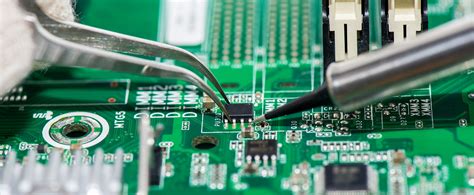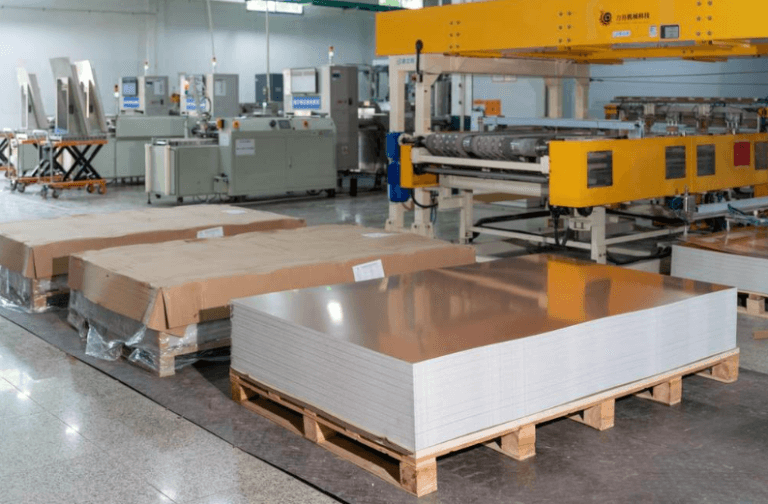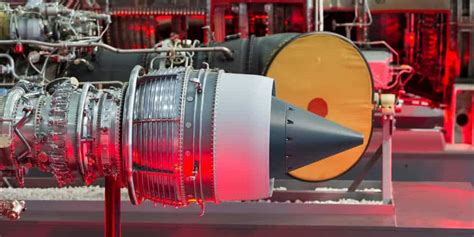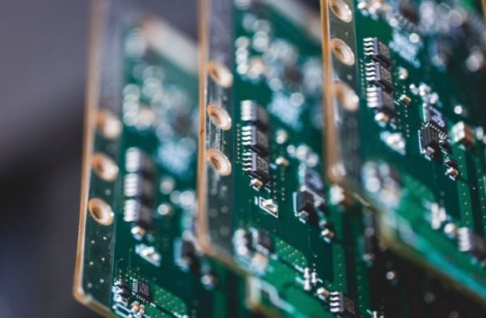Mastering Advanced Assembly for PCB: The Future of Electronics
Key Takeaways
Mastering advanced assembly techniques in PCB design is essential for those looking to thrive in the fast-evolving landscape of electronics. As technology advances, the importance of pcb assembly processes becomes increasingly clear. Innovations in this area allow for enhanced precision and reliability, which are crucial for the effectiveness of modern applications. By leveraging state-of-the-art methods such as surface mount technology (SMT) and automated optical inspection (AOI) systems, manufacturers can significantly streamline production lines while minimizing errors. Moreover, these advanced assembly practices facilitate the integration of smaller components, which is vital for producing high-density interconnections found in contemporary devices. The transition from traditional to advanced PCB assembly not only improves performance but also contributes to cost-effectiveness by reducing waste and enhancing overall efficiency. As we move forward, understanding these shifts and adapting to new technologies will be paramount for anyone involved in the electronics industry, ensuring competitive advantages and pioneering developments in pcba production.
Introduction to Advanced Assembly Techniques in PCB Design
The world of PCB assembly is rapidly evolving, and advanced assembly techniques are at the forefront of this transformation. These modern methods are designed to enhance the efficiency and performance of printed circuit boards (PCBs), ensuring that they meet the increasing demands of today’s electronics. At the heart of advanced PCB assembly is a focus on precision and reliability, characteristics that are crucial for the functionality of complex electronic devices. Techniques such as surface mount technology (SMT), automated optical inspection (AOI), and selective soldering are just a few examples of innovations that have revolutionized PCBA processes.
Incorporating these techniques not only reduces production time but also minimizes the risk of errors, leading to a higher yield and improved overall quality. The integration of advanced automated systems allows for real-time monitoring and adjustments during production, enhancing both accuracy and consistency. Furthermore, as we push towards smaller footprints in circuit design, these advanced assembly strategies enable the placement of components in tight arrays without compromising on performance.
“Embracing advanced assembly techniques isn’t just about keeping up with trends; it’s about paving the way for future innovations in electronics.”
Harnessing these cutting-edge methods allows manufacturers to respond swiftly to market changes while maintaining a competitive edge. As we delve further into this era of innovation, understanding and mastering advanced PCB assembly techniques will be key for engineers and businesses aiming to thrive in an increasingly complex technological landscape.
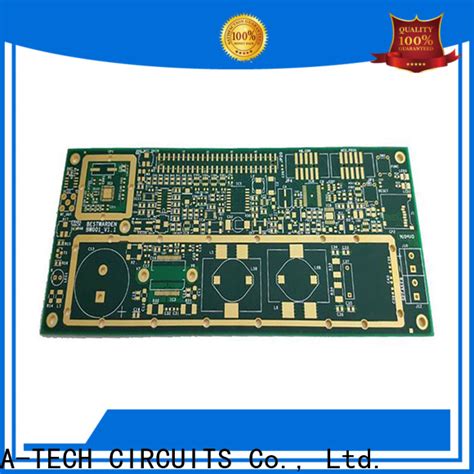
Key Innovations Driving Advanced Assembly in Electronics
The realm of pcb assembly has undergone substantial evolution, thanks to a number of key innovations that are reshaping the way printed circuit boards are produced and utilized. One significant advancement is the integration of automated assembly processes, which allows for higher precision and speed in placing components on the board. This automation not only mitigates human error but also enhances production efficiency, ultimately leading to more reliable pcba results.
Additionally, the advent of microelectronic components has driven a shift toward smaller and increasingly complex designs. These components require advanced techniques such as precise soldering methods and selective soldering, which facilitate the handling of densely packed PCBs without compromising the integrity or performance of the assemblies. The importance of effective thermal management in these microelectronic environments cannot be overstated; innovations such as thermal vias and improved heat sinks play a crucial role in maintaining functionality under varying operating conditions.
Moreover, the use of sophisticated software tools for design for manufacturability (DFM) has become commonplace. These tools enable engineers to simulate different assembly scenarios before production begins, optimizing layouts and assembly processes to reduce waste and enhance overall product quality. Through these methods, companies can achieve significant cost savings while maintaining high performance standards across their electronic products.
| Innovation | Description | Impact on PCB Assembly |
|---|---|---|
| Automated Assembly | Uses machines for precision assembly | Reduces human error; increases efficiency |
| Microelectronic Components | Small, complex components requiring advanced handling | Allows for dense circuit layouts |
| Advanced Thermal Management | Solutions like thermal vias to dissipate heat | Maintains functionality under load |
| Software DFM Tools | Simulates assembly scenarios before production | Optimizes layouts; reduces waste |
These innovations not only enhance performance but also open new avenues in electronics technology by allowing designers to push boundaries further than ever before, setting the pace for an exciting future in advanced assembly techniques.
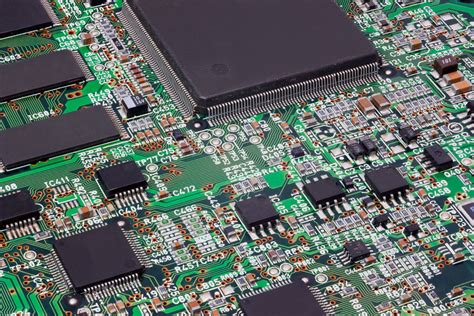
Enhancing Performance: The Role of Advanced Assembly in Modern PCBs
The incorporation of advanced assembly techniques in printed circuit board (PCB) manufacturing plays a critical role in enhancing the overall performance and reliability of electronic devices. As technology evolves, the demand for high-density interconnects and miniaturization increases, making traditional pcb assembly methods insufficient. Techniques such as surface mount technology (SMT) and through-hole plating not only improve the density of components but also result in better electrical performance. Advanced assembly methods enable the integration of more complex circuitry within smaller footprints, thereby supporting the rapid development of high-speed electronics. Moreover, these innovations contribute significantly to reducing signal loss and improving thermal management, which are crucial for maintaining device efficiency during operation. The shift toward advanced pcba processes also promotes the use of novel materials that enhance durability and functionality. In turn, this allows manufacturers to meet increasing consumer expectations for performance without sacrificing reliability. Ultimately, these advancements in PCB assembly are vital for driving innovation across various sectors, including consumer electronics, automotive, and healthcare, thereby redefining what is possible in modern electronics design.
Efficiency Gains from Cutting-edge Assembly Methods
The evolution of pcb assembly techniques has significantly transformed the landscape of electronics manufacturing. With the advent of advanced assembly methods, manufacturers are experiencing unparalleled efficiencies in their production processes. These cutting-edge strategies, including automated assembly and precision placement technologies, enable a higher density of components on PCBs, optimizing space while minimizing the weight and size of electronic devices. Furthermore, the integration of pcba methodologies allows for enhanced thermal management and signal integrity, which are critical in modern applications. As manufacturers adopt more sophisticated tools and processes, they not only reduce production time but also improve the overall quality and reliability of their products. This shift towards advanced assembly techniques is not merely about keeping up with industry standards; it represents a paradigm shift that propels innovation and prepares companies for future demands in electronics technology. By embracing these advancements, businesses position themselves to better meet customer expectations for performance and efficiency, fostering a more sustainable approach to manufacturing in the evolving tech landscape.
Future Trends in PCB Assembly and Electronics Technology
The landscape of PCB assembly is continuously evolving, driven by technological advancements and the growing demand for high-performance electronic devices. One of the notable trends shaping the future of PCBA is the integration of automation in the assembly processes. With the rise of robotics and smart manufacturing, companies are increasingly adopting automated systems to enhance precision and reduce human error in PCB assembly. Moreover, innovations in materials science are allowing for more compact and efficient designs that improve thermal management and electrical performance in modern PCBs. These developments not only make production faster but also enhance the durability and reliability of electronic products.
In addition, there’s a noticeable shift towards more environmentally friendly practices within PCB assembly. Companies are exploring methods that minimize waste and use sustainable materials, aligning with global initiatives for greener manufacturing processes. This trend not only caters to consumer demand for eco-friendly products but also positions manufacturers as responsible contributors to environmental sustainability.
Another critical aspect shaping the future of PCBA is the increasing complexity of electronic devices, particularly with the rise of IoT (Internet of Things) applications. As devices become smarter, there is a growing need for advanced techniques that can deal with intricate designs while maintaining cost-effectiveness. This complexity necessitates advanced assembly techniques that can accommodate smaller components and tighter tolerances without sacrificing quality.
Overall, these trends highlight a shift towards more efficient, sustainable, and technologically advanced methods in PCB assembly, paving the way for innovative solutions that meet both industry standards and consumer expectations. As we look forward to these advancements, it is clear that mastering these emerging techniques will be crucial for any manufacturer aiming to thrive in this dynamic field.
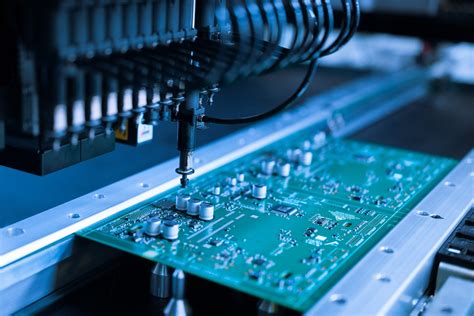
Comparative Analysis: Traditional vs. Advanced PCB Assembly Processes
In the realm of pcb assembly, the evolution from traditional methods to advanced assembly processes marks a significant transformation in the electronics sector. Traditional pcba methods often rely on manual handling and less sophisticated equipment, which can introduce variability and increase the potential for human error. This contrasts sharply with advanced techniques, which harness automation, robotics, and sophisticated software to enhance precision and efficiency. The implementation of advanced pcb assembly techniques enables manufacturers to accommodate higher component densities and complex configurations that are essential in today’s technology landscape. Additionally, innovations such as surface mount technology (SMT) allow for smaller, lighter boards that facilitate enhanced functionality within compact devices. As a result of these advancements, production times are remarkably reduced while simultaneously improving quality control measures. The shift toward automation also leads to fewer defects in the final product, thereby elevating overall reliability while reducing costs associated with rework and excess material waste. As we delve deeper into this comparative analysis, it becomes increasingly clear that embracing advanced pcba methods is not merely an option but a necessity for businesses aiming to thrive in an ever-competitive market landscape. This evolution is pivotal for companies looking to meet consumer demands while also pushing the boundaries of what is possible in modern electronics.
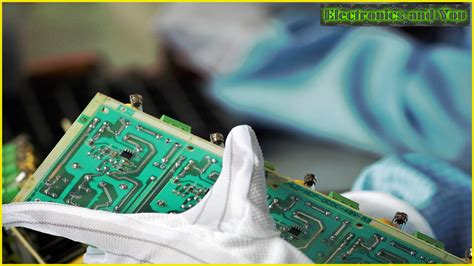
Case Studies: Successful Implementation of Advanced Assembly Techniques
The realm of PCB assembly has undergone a monumental transformation due to the integration of advanced assembly techniques. Examining real-world applications reveals compelling examples of how these innovations are resculpting the landscape of electronics. One notable case is a telecommunications company that adopted advanced assembly methods, leading to a substantial reduction in both production time and costs. By utilizing techniques like surface mount technology (SMT) alongside automated optical inspection (AOI), the company enhanced the reliability and performance of their printed circuit board assemblies (PCBA). Another example can be seen in the automotive industry, where advanced assembly processes contributed to the development of more compact yet potent control units, thereby improving vehicle efficiency and performance. These case studies reflect a broader trend where companies leveraging advanced assembly not only achieve operational excellence but also underpin their competitive advantage in an increasingly digital marketplace. Such implementations demonstrate that adopting cutting-edge methods in PCB assembly not only fosters innovation but also ensures that organizations remain at the forefront of evolving technological demands. This synergy between innovation and efficiency is carving out pathways for future advancements in both PCBA processes and electronic design as a whole.
Best Practices for Mastering Advanced Assembly in PCB Production
Mastering advanced assembly in PCB production requires a focused approach that combines innovative techniques, meticulous planning, and a deep understanding of modern pcba methodologies. A crucial best practice is to invest in state-of-the-art equipment and technology, enabling precision in the pcb assembly process. Implementing automated solutions can significantly enhance the speed and accuracy of assembly, reducing the potential for human error. Additionally, regular training for team members on the latest assembly techniques ensures that they remain adept at using new tools and methods efficiently. Collaboration between engineering and production teams is essential to align on design specifications while adhering to industry standards. Furthermore, consistent quality control checks throughout the assembly process help maintain product integrity, ensuring that each unit meets performance benchmarks. Emphasizing real-time monitoring can also aid in quickly identifying any discrepancies, allowing for immediate corrective actions. By prioritizing these best practices, organizations can leverage advanced assembly techniques to optimize their pcba processes and ultimately drive greater efficiency and performance in their electronic applications.
Conclusion
As we conclude our exploration of advanced assembly techniques for printed circuit boards (PCBs), it becomes evident that the evolution of pcb assembly represents a pivotal shift in the landscape of modern electronics. The insights gathered throughout this article highlight that effective mastery of these methods not only enhances performance but also significantly boosts efficiency in PCB production. Innovative pcba processes, such as automated assembly and advanced soldering techniques, have transformed traditional workflows, enabling manufacturers to meet the rising demands for speed and precision. As we look to the future, staying abreast of emerging trends in pcb assembly will be crucial for engineers and manufacturers alike. This ongoing transformation heralds a new era in electronics, characterized by seamless integration and optimized functionality. The commitment to adopting advanced assembly practices will empower the industry to push boundaries further and redefine what is possible in electronic applications. Thus, understanding these trends is not merely an academic exercise but a strategic necessity for anyone engaged in the design and production of PCBs.
FAQs
What is advanced assembly in PCB manufacturing?
Advanced assembly in PCB assembly refers to the use of innovative techniques and technologies to enhance the production of printed circuit boards (PCBs). This includes the adoption of automation, robotic assembly, and advanced soldering methods that improve precision and efficiency.
How does advanced assembly improve performance?
By incorporating advanced assembly techniques, manufacturers can produce PCBs with higher density layouts and reduced component mismatch. This leads to improved electrical performance, reduced signal loss, and overall enhanced functionality of electronic devices.
What are some of the key innovations in advanced PCB assembly?
Key innovations include surface mount technology (SMT), 3D printing for prototyping, and the use of AI-driven inspection systems. These advancements enable faster production times and high-quality results, particularly in complex designs.
Can you explain the difference between traditional and advanced PCB assembly processes?
Traditional PCB assembly processes typically involve manual labor with limited technology integration. In contrast, advanced PCBA methods utilize automation and modern techniques, resulting in significant efficiency gains and improved quality control.
What are future trends in PCB assembly technology?
Future trends include greater integration of AI for predictive analytics, further automation to reduce labor costs, and ongoing developments in materials that enable better thermal management. These trends will shape how electronic devices are designed and manufactured.
For more information on mastering PCB assembly, please click here: Andwin PCB Assembly.

